Home>Home Appliances>Laundry Appliances>How To Wash Floor Mats In A Washing Machine
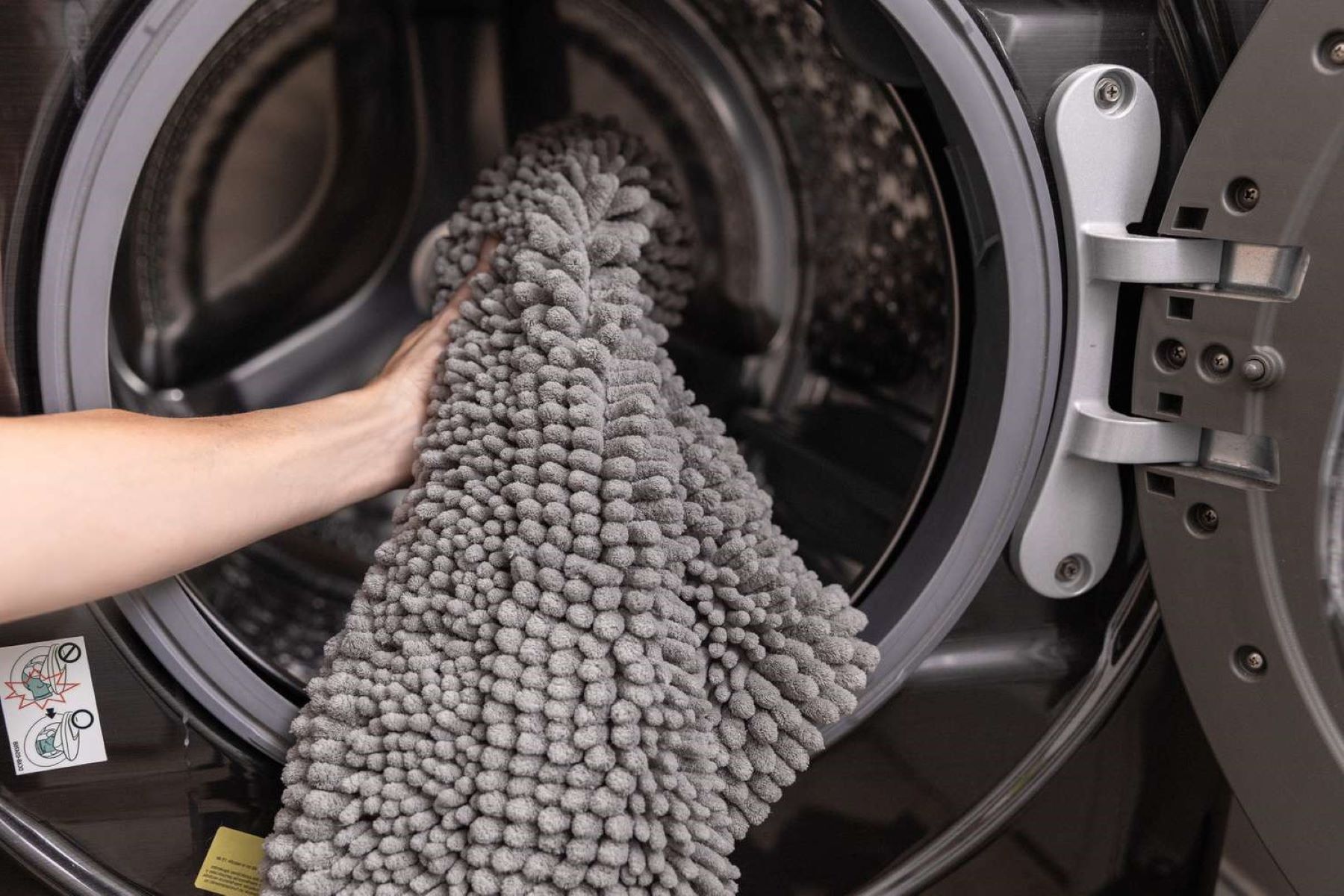

Laundry Appliances
How To Wash Floor Mats In A Washing Machine
Published: February 22, 2024
Learn how to effectively wash floor mats in a washing machine with our expert laundry appliance tips. Keep your mats clean and fresh effortlessly!
(Many of the links in this article redirect to a specific reviewed product. Your purchase of these products through affiliate links helps to generate commission for Storables.com, at no extra cost. Learn more)
Introduction
Washing floor mats in a washing machine is a convenient and effective way to keep them clean and fresh. Whether it's the welcome mat at your front door or the floor mats in your car, regular washing helps to maintain their appearance and extend their lifespan. By following the proper steps and using the right techniques, you can ensure that your floor mats emerge from the washing machine looking as good as new.
Floor mats are designed to endure heavy foot traffic, spills, and dirt, but over time, they can accumulate grime and stains that regular vacuuming alone cannot remove. This is where the washing machine comes to the rescue, providing a thorough and efficient cleaning method that saves time and effort.
In this comprehensive guide, we will walk you through the step-by-step process of washing floor mats in a washing machine. From preparing the mats for washing to selecting the appropriate settings on the machine and ensuring proper drying, we will cover all the essential aspects to help you achieve the best results.
By the end of this guide, you will have the knowledge and confidence to tackle the task of washing your floor mats with ease. So, let's dive in and discover the secrets to maintaining clean, fresh, and inviting floor mats through the power of your trusty washing machine.
Key Takeaways:
- Keep floor mats clean and fresh by washing them in a washing machine. Prepare mats by checking care labels, removing debris, and pre-treating stains. Proper loading, settings, and drying ensure effective cleaning and maintenance.
- Regular maintenance, spot-cleaning, and material-specific care are essential for prolonging the lifespan of floor mats. Avoid harsh chemicals, protect rubber mats, and consider professional cleaning for heavily soiled or large mats.
Preparing the Floor Mats
Before tossing your floor mats into the washing machine, it's essential to prepare them properly to ensure a successful cleaning process. Here's how to get your floor mats ready for a thorough wash:
-
Check the Care Label: Start by checking the care label on the floor mats for any specific washing instructions provided by the manufacturer. Some mats may have special care requirements, such as specific water temperature or detergent recommendations. Adhering to these instructions can help prevent damage and maintain the quality of the mats.
-
Remove Excess Debris: Take the mats outdoors and give them a good shake to dislodge any loose dirt, dust, or debris. For heavily soiled mats, you can use a handheld vacuum or a stiff brush to remove stubborn dirt and debris before washing.
-
Pre-Treat Stains: If your floor mats have noticeable stains or spots, consider pre-treating them before washing. You can use a gentle stain remover or a mixture of mild detergent and water to spot-clean the affected areas. Gently scrub the stains with a soft-bristled brush to help loosen the dirt and prepare the mats for a thorough cleaning.
-
Inspect for Damage: While preparing the mats, take a moment to inspect them for any signs of damage, such as fraying edges or worn-out areas. Repair any loose threads or small tears to prevent them from worsening during the washing process.
-
Separate the Mats: If you have multiple floor mats to wash, it's a good idea to separate them based on size, thickness, or material. This allows for more even washing and prevents larger mats from tangling with smaller ones during the cycle.
By taking the time to prepare your floor mats before washing, you can ensure that they receive the best possible cleaning treatment in the washing machine. This proactive approach sets the stage for a successful cleaning process and helps maintain the condition and appearance of your floor mats for the long haul.
Loading the Washing Machine
Loading the washing machine with floor mats may seem straightforward, but there are important considerations to ensure an effective and safe cleaning process. Here's a detailed guide on how to load your floor mats into the washing machine:
-
Even Distribution: When loading the floor mats into the washing machine, it's crucial to distribute them evenly around the agitator or the drum. This helps maintain balance during the wash cycle, preventing the machine from vibrating excessively or producing loud, disruptive noises. Unevenly distributed mats can cause the machine to become unbalanced, potentially leading to damage or malfunction.
-
Size and Capacity: Take into account the size and capacity of your washing machine when loading the floor mats. Avoid overloading the machine, as this can hinder the cleaning process and strain the machine's components. If the mats occupy a significant portion of the machine's space, consider washing them in separate loads to ensure thorough cleaning and proper water circulation.
-
Mixing with Other Items: While it may be tempting to wash the floor mats with other laundry items, it's generally best to wash them separately. Mixing floor mats with clothing or other delicate fabrics can lead to tangling, potential damage, or the transfer of dirt and debris. If you must wash other items simultaneously, ensure they are compatible with the floor mats in terms of material and washing requirements.
-
Machine Compatibility: Consider the type of washing machine you are using. Front-loading machines and top-loading machines may require different loading techniques. For front-loading machines, stack the mats loosely without packing them tightly, allowing for proper water circulation and agitation. In top-loading machines, place the mats in a balanced manner around the agitator, ensuring they do not impede its movement during the wash cycle.
-
Preventing Tangling: If washing multiple floor mats, be mindful of potential tangling during the wash cycle. To prevent tangling, place the mats in the machine in a way that minimizes overlapping and twisting. This helps maintain the integrity of the mats and ensures a thorough cleaning process without the risk of entanglement.
By following these loading guidelines, you can optimize the washing machine's performance and ensure that your floor mats receive a thorough and effective cleaning. Proper loading not only promotes cleanliness but also helps maintain the longevity of both the mats and the washing machine.
Selecting the Right Settings
Selecting the appropriate settings on the washing machine is crucial to ensure that your floor mats are cleaned effectively without compromising their integrity. Here's a detailed guide on how to choose the right settings for washing your floor mats:
Consider the Material:
Different types of floor mats require specific washing settings to prevent damage and achieve optimal cleanliness. For example, rubber mats can withstand more vigorous washing cycles, while delicate fabric mats may require gentler treatment. Refer to the care label on the mats or the washing machine's manual to determine the suitable settings based on the material.
Temperature Selection:
The water temperature plays a significant role in the cleaning process. For heavily soiled floor mats, using warm water can help dissolve dirt and stains more effectively. However, for mats made of sensitive materials, such as certain types of rubber or fabric, it's advisable to opt for cold water to prevent shrinking, color fading, or damage to the material. Most washing machines offer temperature options, allowing you to customize the wash based on the specific needs of your floor mats.
Cycle Duration:
Consider the duration of the wash cycle, especially when dealing with heavily soiled or large floor mats. Longer cycles with extended agitation and soaking periods can be beneficial for thorough cleaning. However, for more delicate mats, a shorter and gentler cycle may be more appropriate to avoid excessive wear and tear. Some washing machines offer specialized cycles for items like floor mats, providing tailored cleaning processes that cater to their unique requirements.
Spin Speed:
The spin speed of the washing machine affects the moisture removal from the floor mats during the cycle. Higher spin speeds can extract more water, reducing drying time after the wash. However, for delicate or textured mats, opting for a lower spin speed can prevent damage to the material and maintain the mats' structural integrity. Consider the thickness and material composition of the mats when selecting the spin speed to ensure they are handled with care.
Specialized Settings:
Many modern washing machines come equipped with specialized settings for specific items, such as bedding, sportswear, or heavily soiled items. Some machines even have a "bulky" or "large load" setting, which can be ideal for washing larger floor mats. Explore the available options on your washing machine to see if there are settings tailored to accommodate the unique cleaning requirements of your floor mats.
By carefully considering these factors and selecting the appropriate settings, you can optimize the washing process to effectively clean your floor mats while preserving their quality and appearance. Taking the time to customize the settings ensures that your floor mats receive the best possible treatment, resulting in clean, refreshed mats ready to serve their purpose once again.
Adding Detergent and Stain Removers
Once your floor mats are properly loaded into the washing machine and the settings are adjusted to suit their specific needs, the next crucial step is to add the appropriate detergent and stain removers. This step is essential for achieving a thorough and effective cleaning process, ensuring that your floor mats emerge from the wash cycle looking and smelling fresh.
Choosing the Right Detergent
Selecting the right detergent for washing your floor mats is pivotal in achieving optimal cleanliness without compromising the integrity of the mats. For general cleaning, a mild, liquid laundry detergent is a safe and effective choice. Look for detergents that are formulated to tackle tough stains and odors while being gentle on fabrics and materials.
If your floor mats are heavily soiled or have stubborn stains, consider using a detergent specifically designed for heavy-duty cleaning. These detergents often contain powerful stain-fighting agents that can penetrate deep into the fibers of the mats, lifting and removing tough stains with ease.
For rubber or vinyl floor mats, opt for a mild detergent that is suitable for cleaning these materials without causing damage or leaving behind residue. Avoid using harsh or abrasive cleaners that can degrade the material or compromise the non-slip properties of the mats.
Adding Stain Removers
In addition to the detergent, you may want to consider using a stain remover to target specific spots or stains on your floor mats. Stain removers come in various forms, including sprays, gels, and sticks, each designed to combat different types of stains.
Before applying a stain remover, it's essential to spot-test it on a small, inconspicuous area of the mat to ensure that it does not cause discoloration or damage. Once the stain remover is deemed safe for use, apply it directly to the affected areas, gently working it into the fabric or material with a soft-bristled brush or cloth.
When choosing a stain remover, look for products that are compatible with the material of your floor mats and are formulated to address the specific types of stains you are dealing with, such as grease, oil, food, or pet-related stains. Always follow the manufacturer's instructions for the proper application and dwell time to maximize the effectiveness of the stain remover.
By adding the right detergent and stain removers to the washing machine, you can enhance the cleaning power and efficiency of the wash cycle, ensuring that your floor mats receive the targeted treatment they need to eliminate stains, odors, and grime. This proactive approach sets the stage for a successful cleaning process and helps maintain the condition and appearance of your floor mats for the long haul.
Running the Washing Machine
With the floor mats loaded, the settings adjusted, and the detergent and stain removers added, it's time to set the washing machine in motion. Initiating the wash cycle is a critical step that determines the thoroughness of the cleaning process and the ultimate condition of your floor mats. Here's a detailed guide on running the washing machine to ensure optimal cleaning results:
-
Commence the Cycle: Start the washing machine according to the selected settings. Whether it's a gentle cycle for delicate mats or a robust cycle for heavily soiled ones, the machine will begin its sequence of filling with water, agitating the mats, and dispensing the detergent to initiate the cleaning process.
-
Monitor the Progress: While the machine is in operation, it's beneficial to periodically check on the progress of the wash cycle, especially during the initial stages. This allows you to ensure that the mats are moving freely within the machine, without any signs of imbalance or excessive agitation.
-
Observe the Water Level: Pay attention to the water level during the wash cycle, particularly if you've opted for a cycle with multiple water fills and drains. Adequate water circulation is essential for thorough cleaning, so ensure that the mats are fully submerged and that the water reaches all areas of the mats.
-
Evaluate the Agitation: The agitation phase is crucial for dislodging dirt, stains, and debris from the floor mats. Depending on the selected cycle, the machine will engage in varying degrees of agitation to ensure a comprehensive cleaning process. Observing the movement of the mats within the machine can provide insights into the effectiveness of the agitation.
-
Time Management: Be mindful of the duration of the wash cycle, especially if you have selected a longer cycle for heavily soiled mats. The extended duration allows for more thorough cleaning and stain removal, ensuring that the mats emerge from the machine in optimal condition.
-
Rinse and Drain: As the wash cycle progresses, the machine will transition to the rinse and drain phases, effectively removing the detergent and any loosened dirt from the mats. The rinse cycle is instrumental in ensuring that no detergent residue remains on the mats, promoting a clean and fresh outcome.
By following these steps and closely monitoring the washing machine during the cycle, you can ensure that your floor mats receive the meticulous cleaning treatment they deserve. The running of the washing machine marks the culmination of the efforts put into preparing and loading the mats, and it sets the stage for the subsequent drying process, which is essential for restoring the mats to their pristine condition.
Read more: How To Clean Floor Mats In Car
Drying the Floor Mats
After the thorough washing cycle, proper drying is essential to ensure that your floor mats are ready to serve their purpose once again. Drying the mats effectively completes the cleaning process, leaving them fresh, clean, and free of excess moisture. Here's a detailed guide on how to dry your floor mats to achieve optimal results:
Manual Drying Methods
If weather conditions permit, consider air-drying your floor mats outdoors. Lay them flat on a clean, dry surface, such as a deck or patio, ensuring that they are exposed to direct sunlight and good airflow. Periodically flip the mats to promote even drying and prevent moisture retention. Outdoor drying allows the mats to benefit from the natural antibacterial properties of sunlight while effectively eliminating residual moisture.
Machine Drying
For added convenience, machine drying can be a viable option, especially for smaller or more lightweight floor mats. Use a household dryer on a low-heat setting to prevent potential damage to the mats. Adding a few clean, dry towels to the dryer can help absorb excess moisture and facilitate faster drying. Monitor the drying process closely to prevent overheating and ensure that the mats retain their shape and integrity.
Consideration for Rubber Mats
When drying rubber floor mats, avoid exposing them to direct sunlight for prolonged periods, as this can cause the rubber to deteriorate over time. Instead, opt for indoor drying in a well-ventilated area. Wipe the mats with a clean, dry cloth to remove excess moisture before allowing them to air-dry or using a low-heat setting in the dryer. Proper care during the drying process helps maintain the flexibility and longevity of rubber mats.
Read more: How To Clean Weathertech Floor Mats
Avoiding Heat Exposure
While it may be tempting to expedite the drying process with high heat, it's important to exercise caution, especially with fabric or delicate floor mats. Excessive heat can lead to shrinkage, color fading, or damage to the material. Opt for gentle drying methods and avoid direct heat sources, such as radiators or direct sunlight, to preserve the quality and appearance of the mats.
Final Inspection
Once the floor mats are thoroughly dried, perform a final inspection to ensure that they are free of moisture and ready for use. Check for any lingering dampness, especially along the edges and in textured areas. If necessary, allow the mats to air-dry for additional time to achieve complete dryness before placing them back in their intended locations.
By following these drying methods and considerations, you can ensure that your floor mats emerge from the cleaning process in optimal condition, ready to enhance the cleanliness and aesthetics of their respective spaces. Proper drying not only completes the cleaning cycle but also contributes to the longevity and performance of your floor mats, allowing them to continue serving their purpose effectively.
Final Tips and Considerations
-
Regular Maintenance: Incorporate regular maintenance routines for your floor mats to prevent excessive dirt buildup and prolong the time between deep cleaning sessions. Simple practices such as regular vacuuming and spot-cleaning can significantly extend the intervals between machine washes.
-
Spot-Cleaning: Address spills and stains promptly to prevent them from setting into the fabric or material of the floor mats. Keep a gentle stain remover or a mixture of mild detergent and water on hand to tackle fresh stains before they become deeply embedded.
-
Material-Specific Care: Different types of floor mats require tailored care. Be mindful of the specific care instructions provided by the manufacturer for each type of mat. This includes temperature limitations, detergent recommendations, and drying guidelines to maintain the mats' quality.
-
Avoid Harsh Chemicals: When selecting cleaning products, opt for gentle, non-abrasive detergents and stain removers to protect the integrity of the mats. Harsh chemicals can degrade the material, compromise colors, or leave behind residue that affects the mats' appearance and functionality.
-
Protecting Rubber Mats: For rubber floor mats, consider applying a protective rubber conditioner after cleaning to maintain their flexibility and prevent cracking. This extra step can enhance the longevity of the rubber mats, especially in high-traffic areas.
-
Proper Storage: When not in use, store your floor mats in a clean, dry area to prevent the accumulation of dust and moisture. Rolling or hanging mats can help maintain their shape and prevent creases or deformities.
-
Professional Cleaning: For heavily soiled or large floor mats that are challenging to clean at home, consider professional cleaning services. Professional cleaners have the expertise and specialized equipment to effectively deep clean and rejuvenate your floor mats.
-
Replacement Consideration: Assess the condition of your floor mats periodically. If they show signs of irreversible damage, extensive wear, or loss of functionality, consider replacing them to maintain the cleanliness and safety of your living or working environment.
By implementing these final tips and considerations, you can elevate the care and maintenance of your floor mats, ensuring that they remain clean, fresh, and visually appealing for an extended period. These proactive measures contribute to the overall cleanliness and comfort of your living or working space, reflecting the attention to detail and care invested in maintaining your floor mats.
Frequently Asked Questions about How To Wash Floor Mats In A Washing Machine
Was this page helpful?
At Storables.com, we guarantee accurate and reliable information. Our content, validated by Expert Board Contributors, is crafted following stringent Editorial Policies. We're committed to providing you with well-researched, expert-backed insights for all your informational needs.
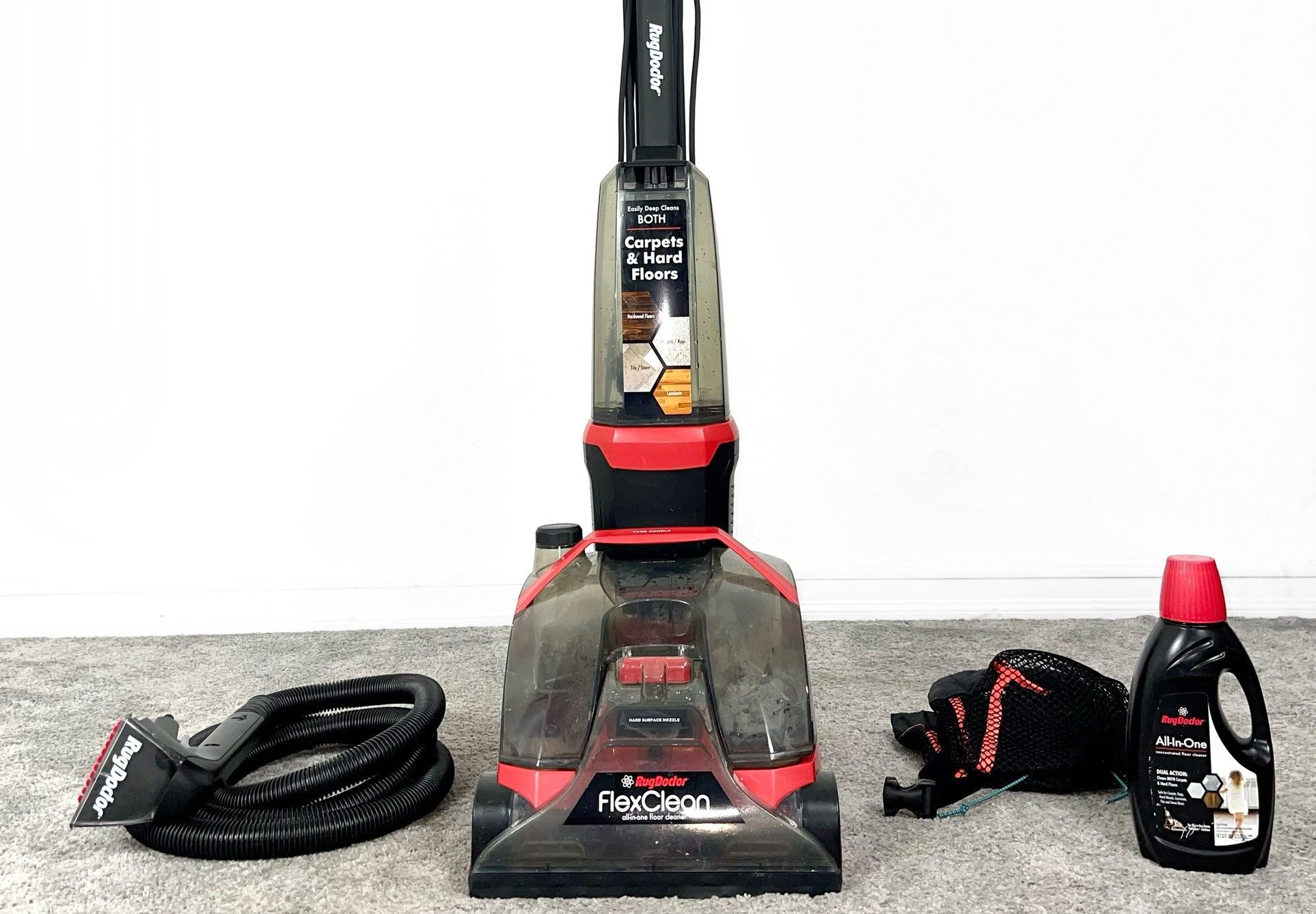
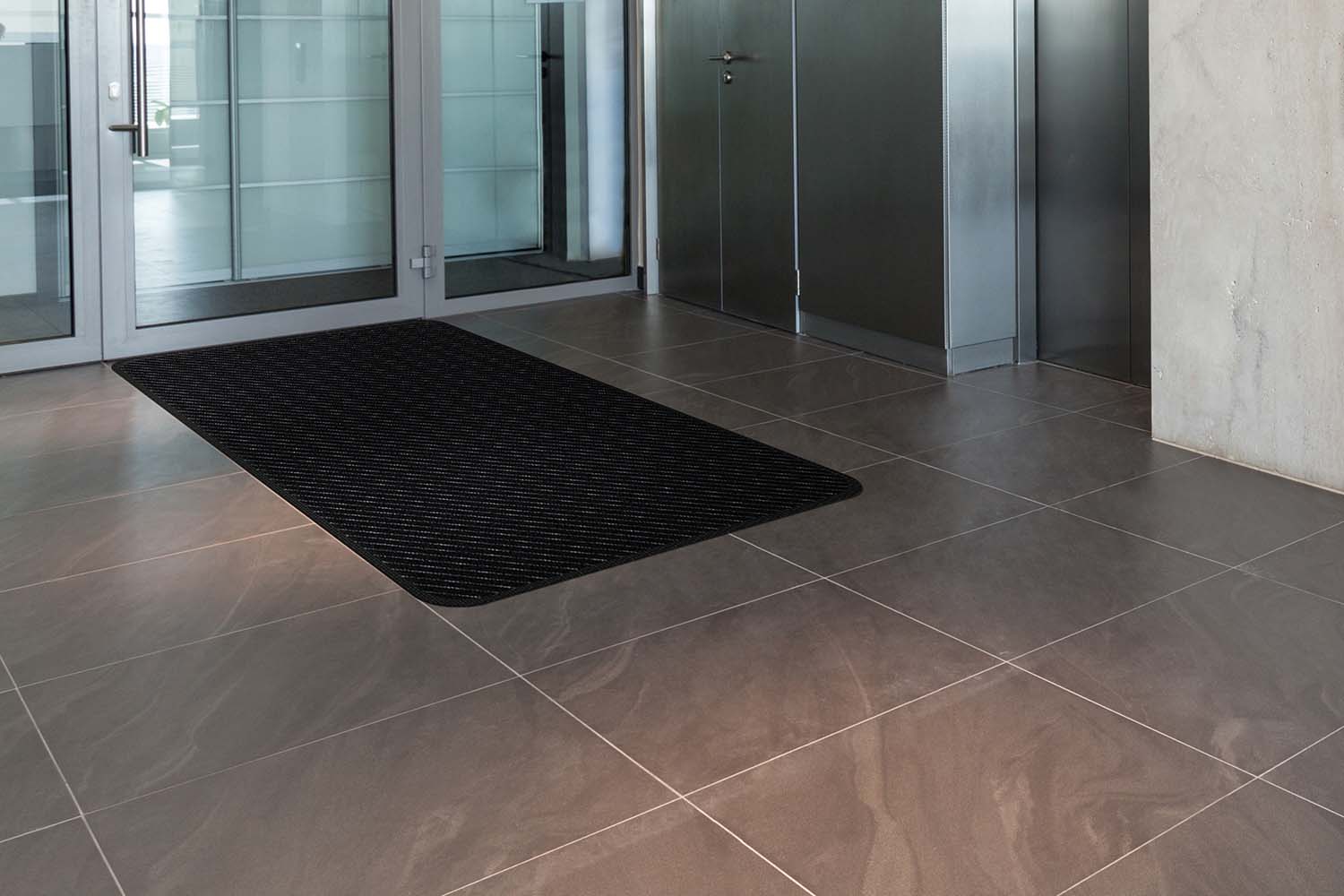
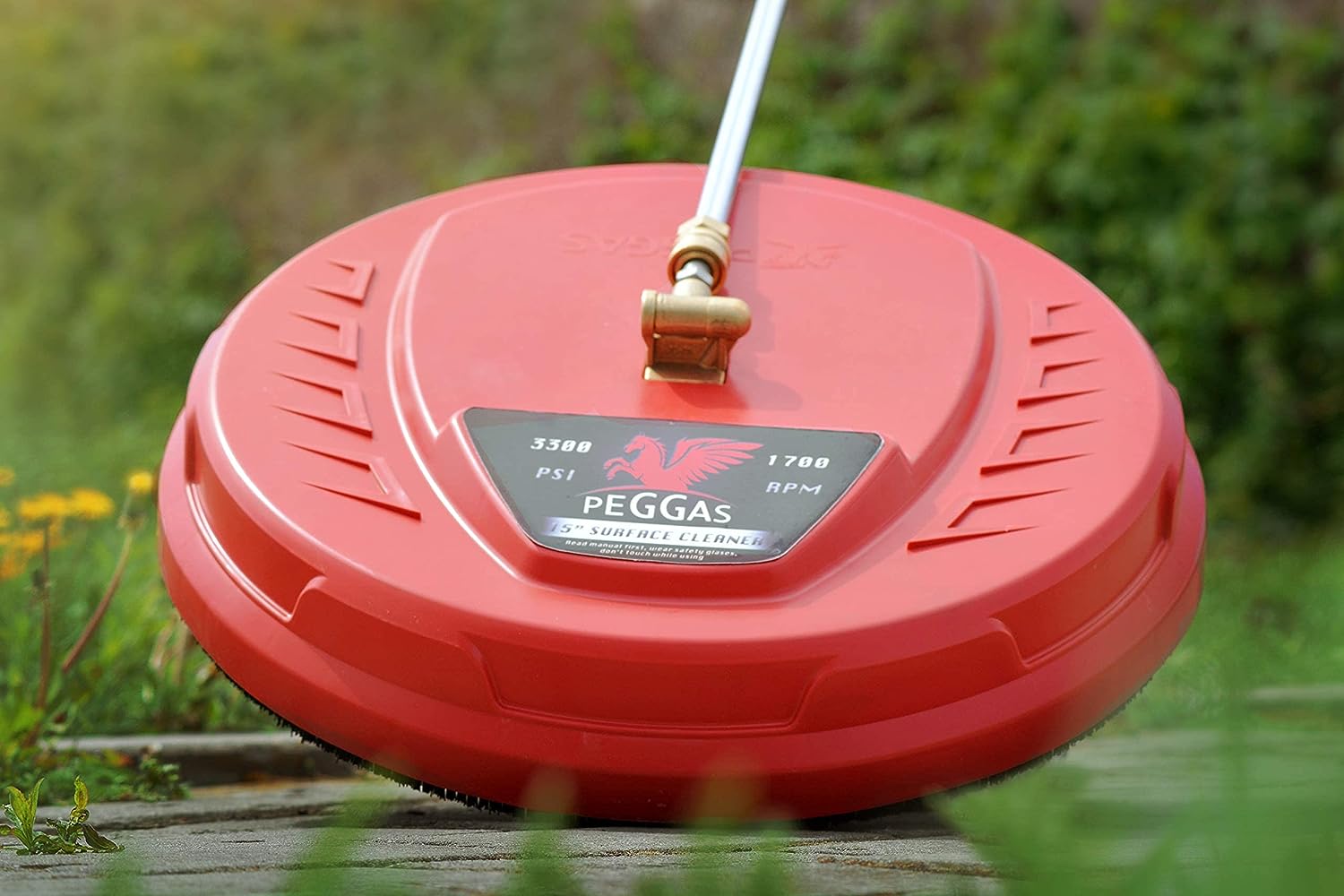
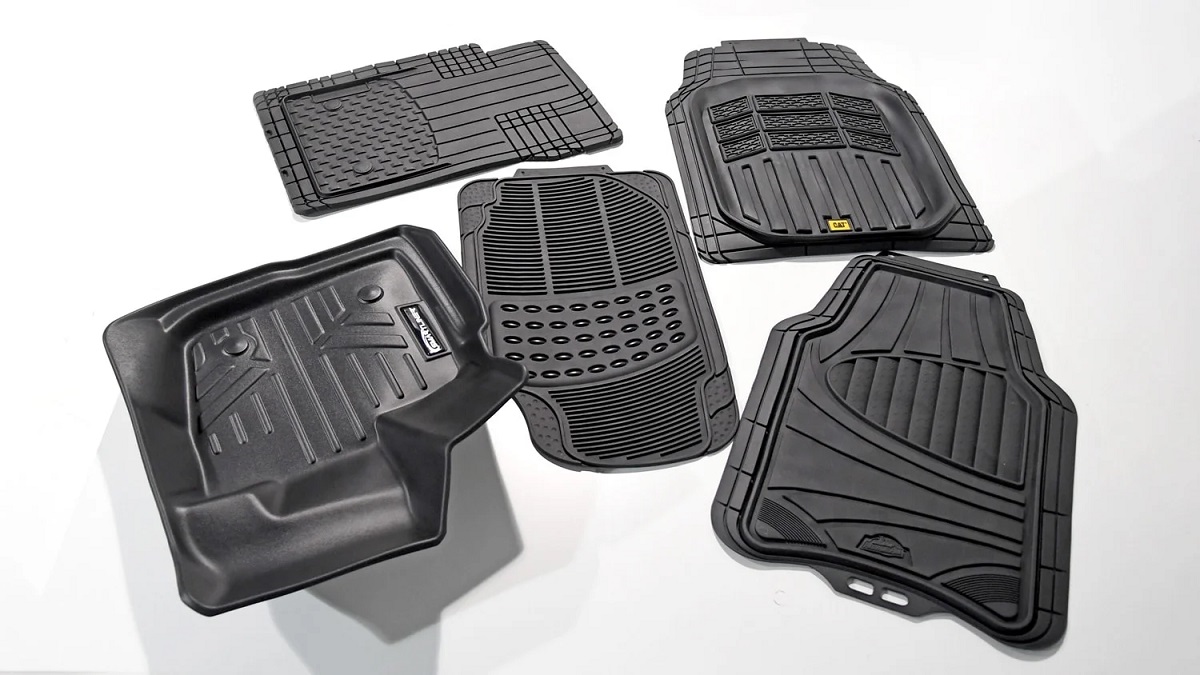
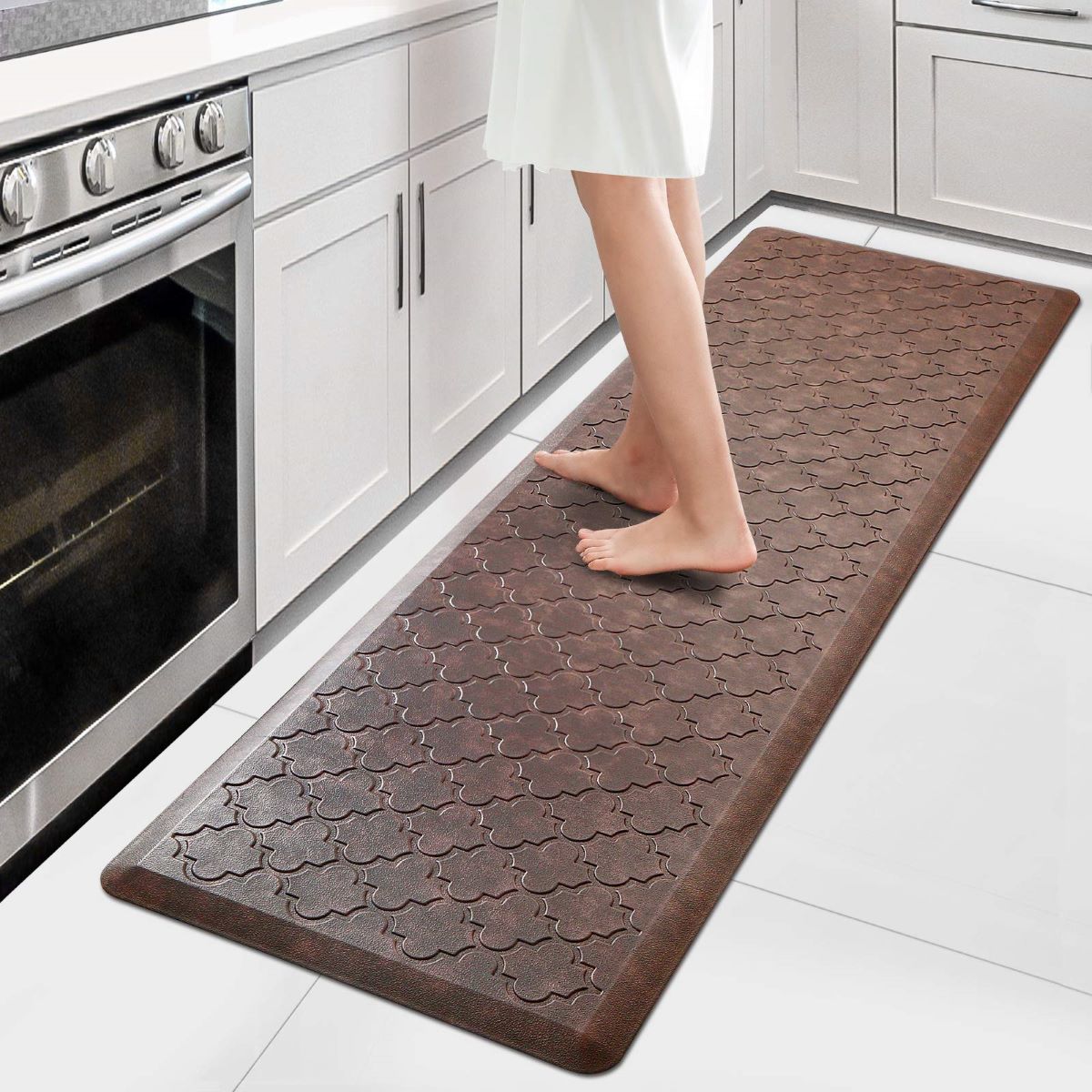
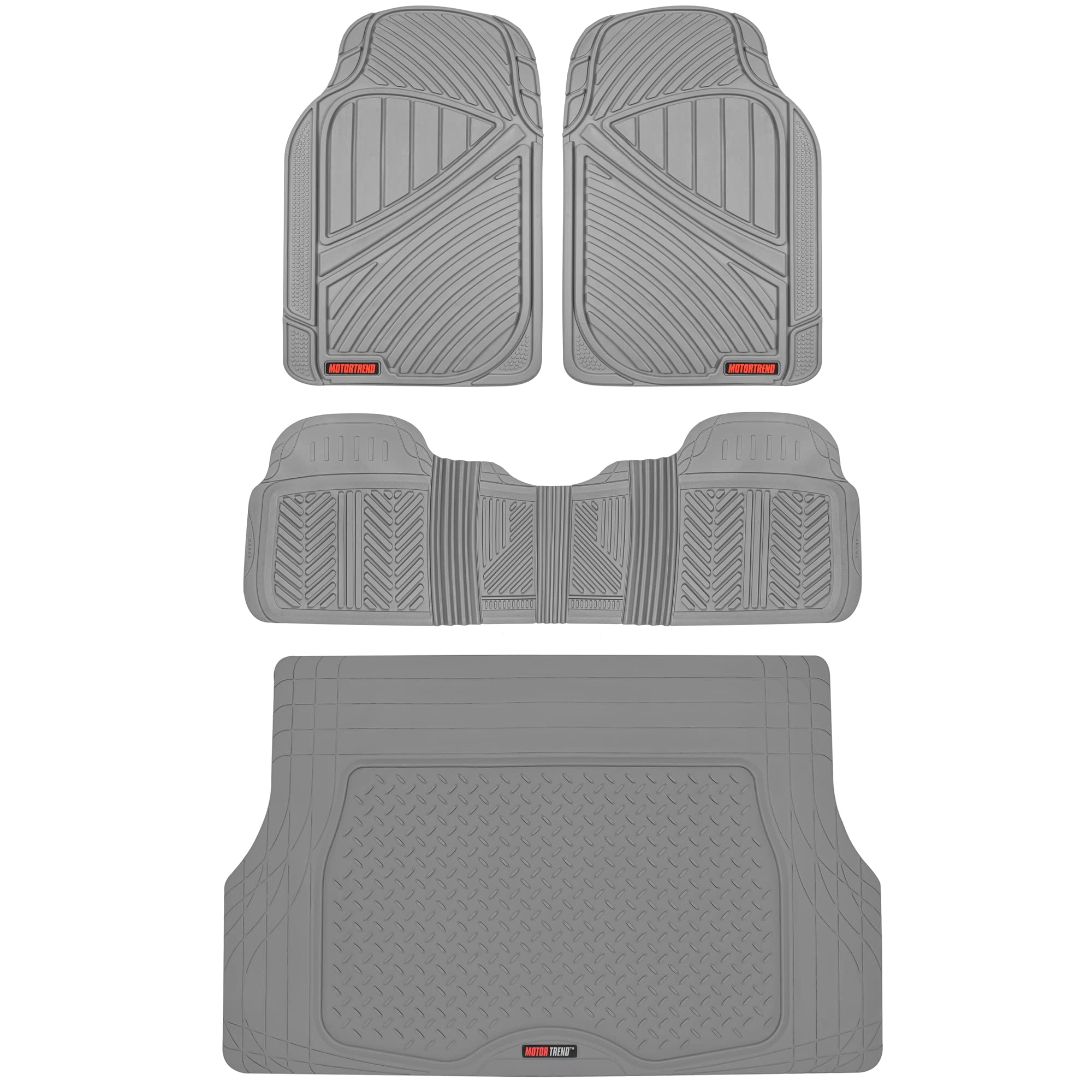
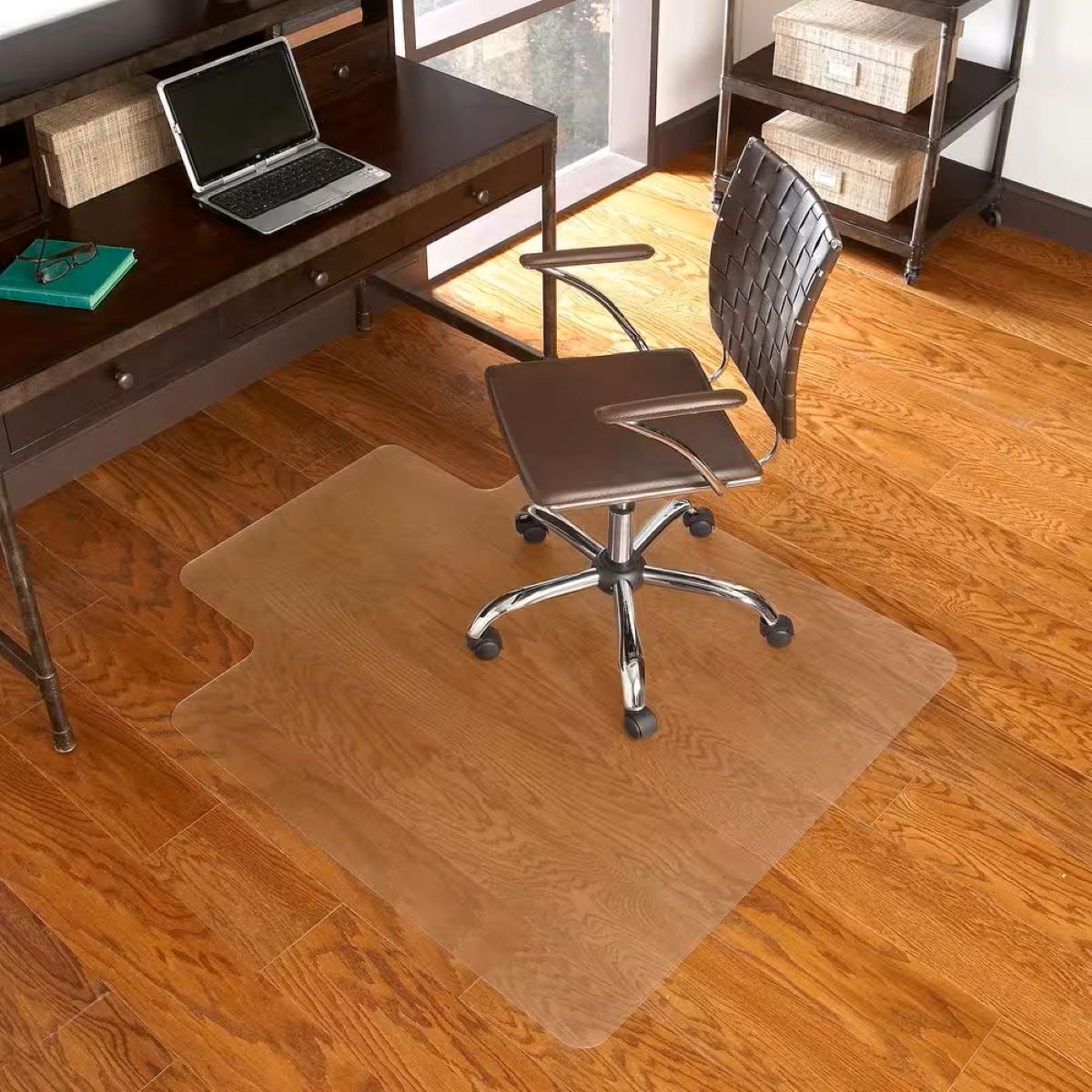
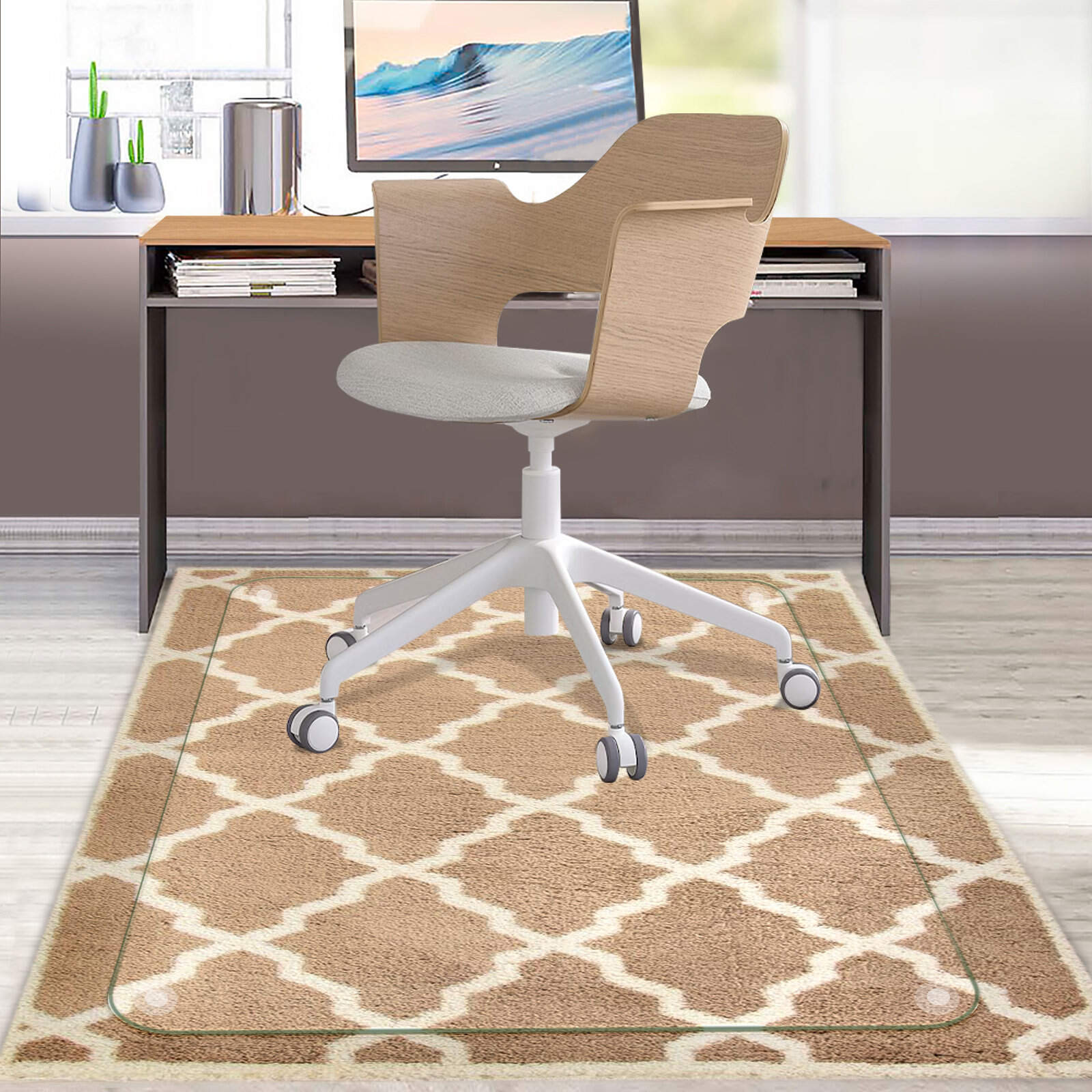
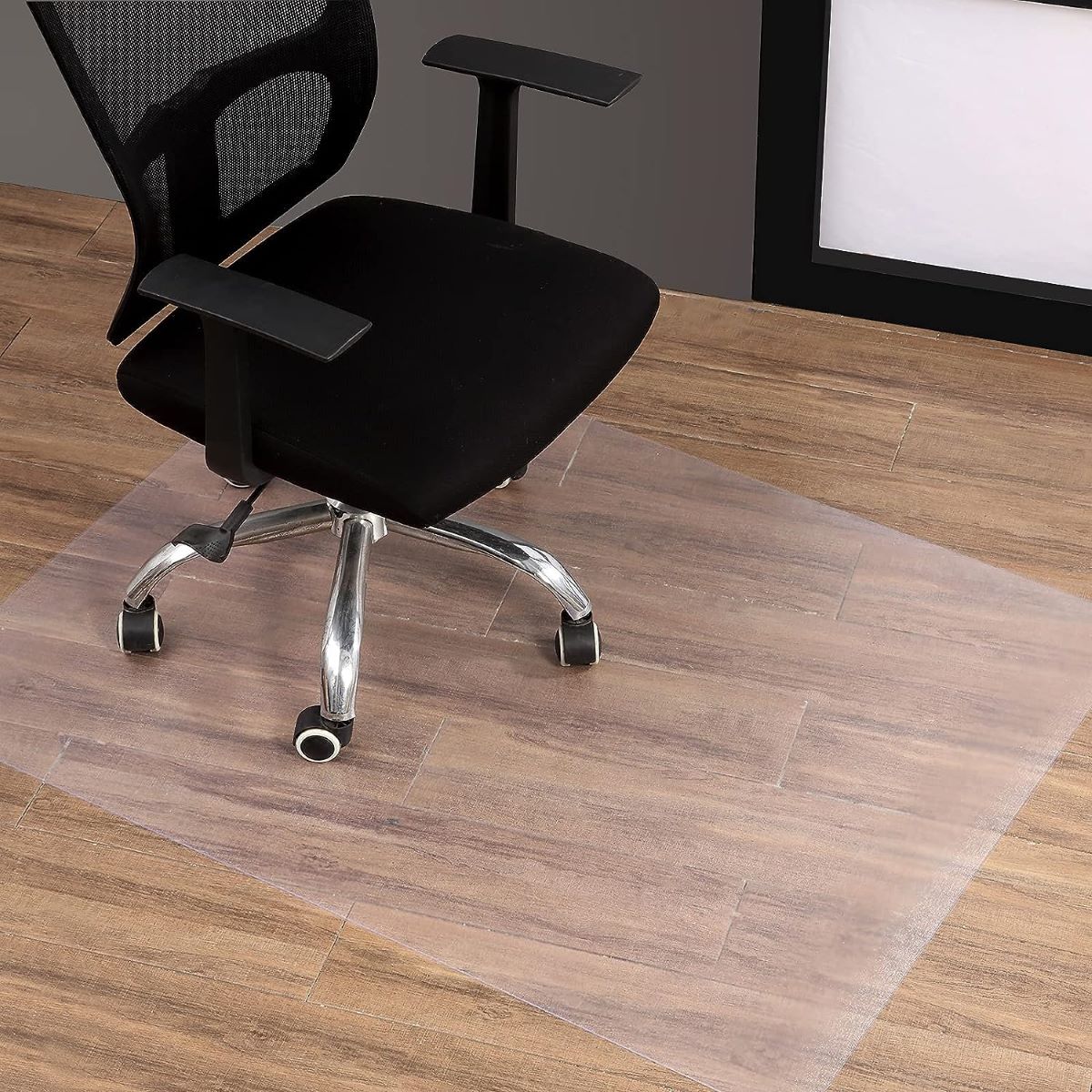

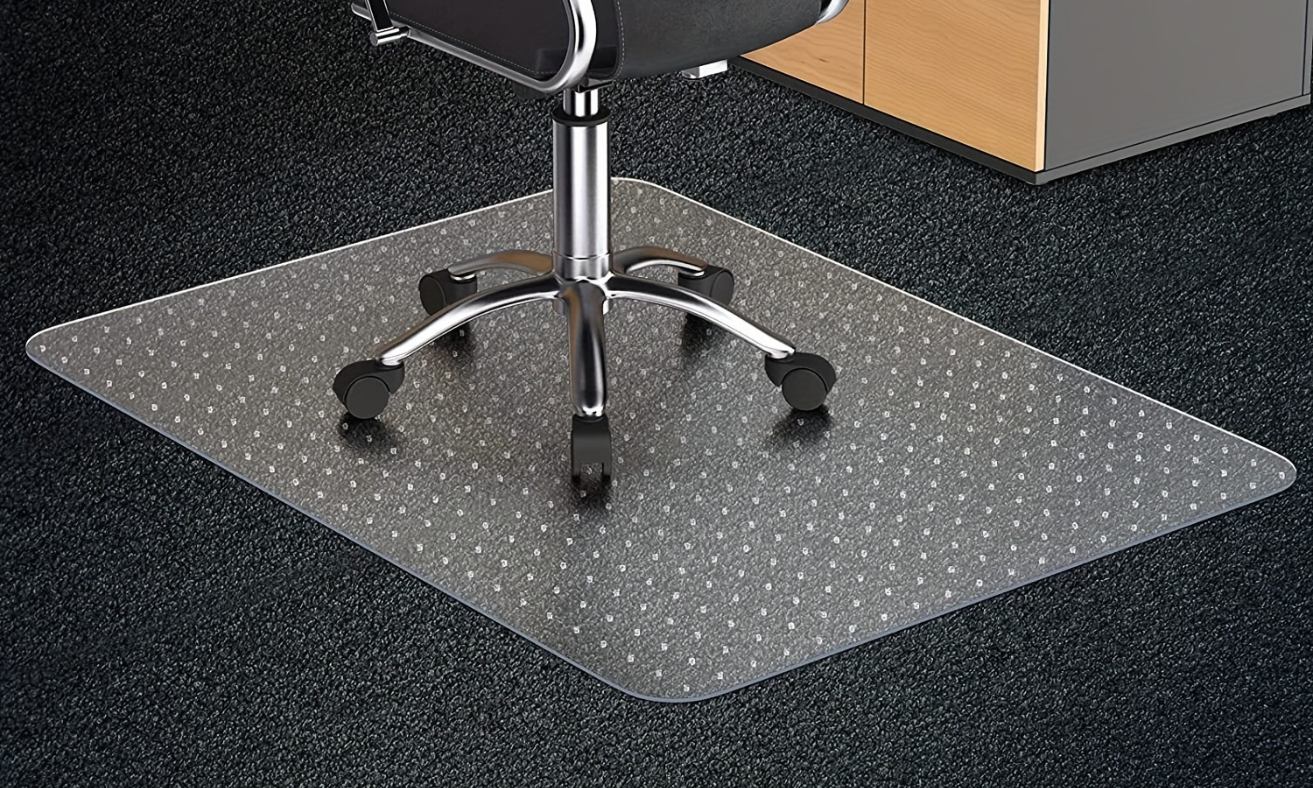

0 thoughts on “How To Wash Floor Mats In A Washing Machine”